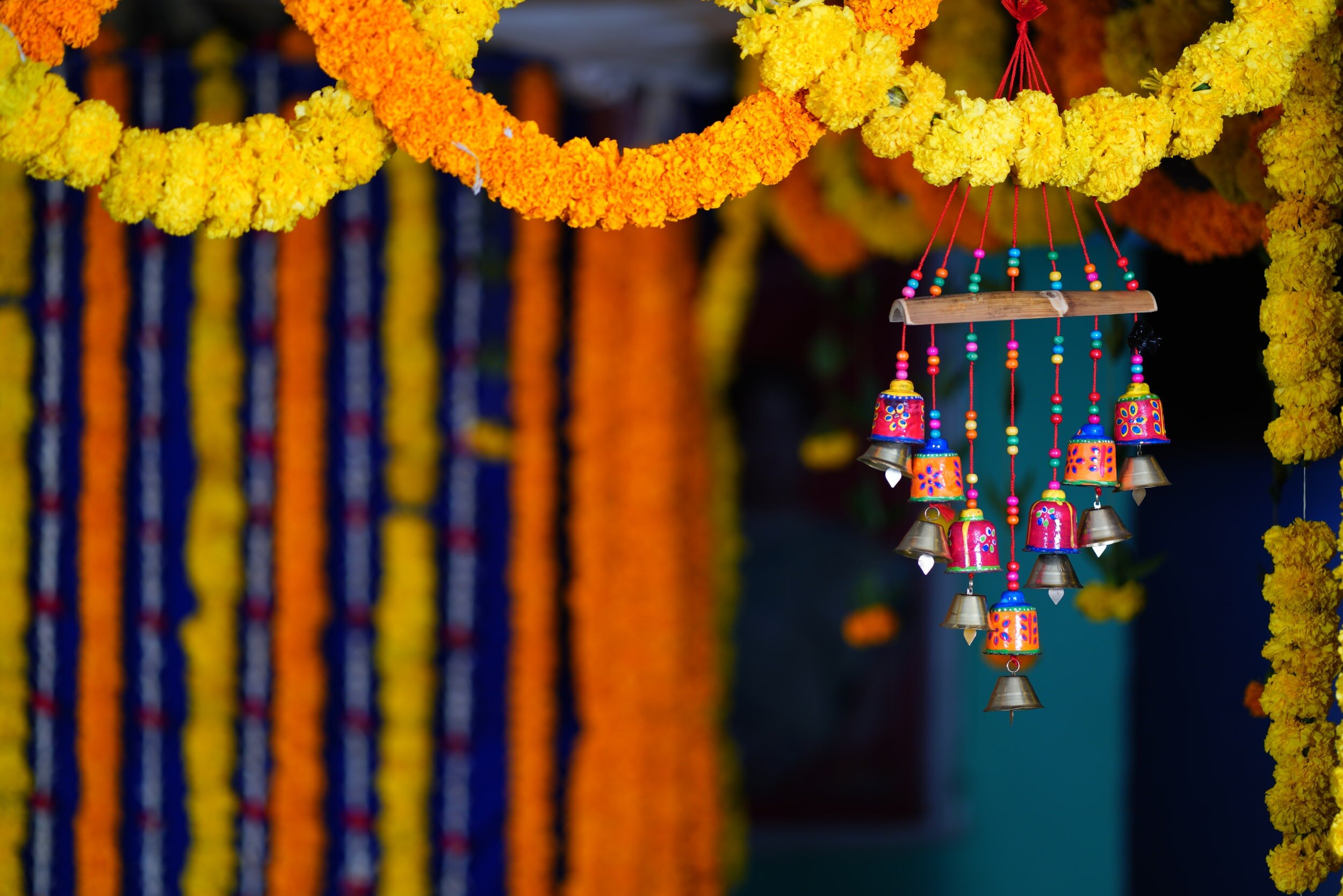
Breathwork Series
#1. Introduction | Breathwork Series
On a recent trip to India I decided to record a few breathwork video tutorials that might be helpful to people in times of stress - or indeed, just in life! It's been shown that even ten minutes a day of mindful breathing such as this has the capacity to shrink the amygdala (the part of the brain that runs the show when we're stressed out) by up to 20% and has profound benefits to mental health, anxiety and wellbeing. The intention is that they will serve as an introduction to different techniques which I can show you and talk you through and give you an opportunity to practice with me before then using this yourself and extending it to a longer practice. The videos aren't scripted so they are a bit imperfect but I hope that they still prove useful in giving you a start point. You are welcome to reach out to me with any questions if you have them. This first video is an introduction to me and to this series.
#2. Belly Breathing | Breathwork Series
In this video we start by learning how to breathe from our bellies instead of the tops of our chests and why this is good for us. When we breathe only using the tops of our lungs, as most of us do most of the time, it activates our fight or flight response and keeps us in a mild state of stress and anxiety. Relearning the technique of belly breathing, where you are using the full capacity of your lungs and which is how you used to breathe when you were a baby, allows us to activate the parasympathetic nervous system which is our rest and restore mode. This technique forms the basis for all of the other breath-work that follows, even when not explicitly stated. Indeed it is a form of breathing to try to replicate most of the time and can be done anywhere. The technique involves breathing right into the full depth of our lungs while we breathe slowly, for a count of 4 or more, so that as we inhale our lungs push our diaphragm down which in turn pushes our belly out, and as we slowly exhale our belly contracts and goes back in. I suggest placing one hand on your chest on your chest and the other on your tummy as you do this so that you can really connect to the movement of your belly and stability of your chest. My recommendation is to get really used to and comfortable with this breathing, working up to doing it for 10 minutes at a time, before moving on to the next technique.
#3. 4,7,8 Breathing Technique | Breathwork Series
Once you've started to get comfortable with your balanced belly breathing, the 4, 7, 8 technique takes it an extra level by introducing two new elements on top. Firstly, a long pause between the in-breath and the out-breath and secondly, making the out-breath twice as long as the in-breath. Both of these things help to further calm the nervous system, encourage deeper, slower breathing and to strengthen the lung capacity. The counting of the breath further distracts the conscious mind allowing our busy minds a little break. To practice 4, 7, 8 breathing therefore you breathe in for a count of 4 seconds, hold the breath for a count of 7 seconds and gently breathe out for a count of 8. The breath should never feel uncomfortable, forced or painful. By the time you've done ten minutes of this you should feel noticeably calmer and restored.
#4. Nadi Sodhana/Alternate Nostril Breathing | Breathwork Series
Nadi Sodhana or Alternate Nostril Breathing is a breathing technique from the Yogic tradition which enables us to balance and calm the system through balancing the energy flow in and out through the body via the nasal passages. It is an excellent technique for managing anxiety and also to help promote better sleep and well being. It can appear a little fiddly at first but doesn't take long to master and is well worth doing so. If you forget where you are or lose your rhythm it's ok, just restart from the place you're at when you notice it. Technique: - Sit with an erect and a strong but gentle upright posture - Breathe deeply, softly and diaphragmatically (belly breathing from video 2) - Let the inhalation and exhalation be of equal length - With one hand resting on your knee or thigh, take the other hand and place it to your face. - Cover your "third eye" (the space between your brows) with your index and middle finger. Place your thumb over one nostril, and your ring and baby finger over the other. - Start by breathing out through one nostril while the other is sealed. Breathe in through the same nostril maintaining the seal on the other. - Seal both nostrils for a single moment while releasing the nostril that had previously been closed only. Breathe out through that nostril. - Breathe in through the same nostril. - Close both nostrils and switch to the other side. - Breathe out, then in. - Close both. Switch again. Breathe out and repeat. - Finish this exercise by breathing out through the opposite nostril to the one you started with for total balance. Aim to perform this technique for 10 minutes a day. First thing in the morning or last thing at night are both idea. Extra tip: If you are practicing in the morning it's recommended that you start with the left nostril and if you are doing it at night, begin with your right.
#5. Nadi Sodhana Part 2 | Breathwork Series
Building on the Nadi Shodana technique described in the last video and introducing the element of a pause in between switching between both nostrils. This slows us down even further, allowing the mind and attention to go inward and the body to go into restoration mode.

